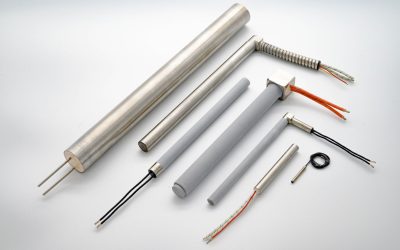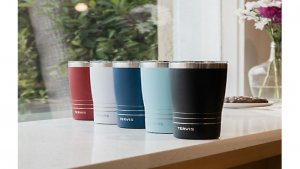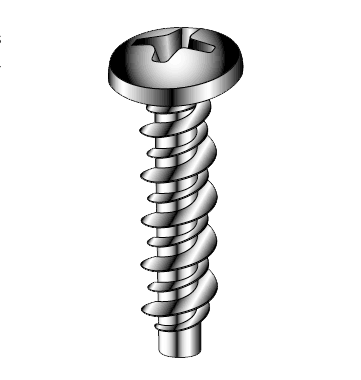One of the most important factors when choosing parts and components for equipment, machines, devices, and systems is not just how the part performs, but the benefits it provides to the system going forward. Considering the benefits of different types of fittings will be important in the design process of any new equipment or system.
Quick disconnect fittings or QDFs, which may also be called quick releasing couplings or sometimes quick connects, are an ideal example of a part that is easy to install, operates efficiently and also offers easy removal and replacement should a new connection be required.
There are a variety of options for any quick disconnect fittings. This can include fittings with or without values or with needles. The use of the needle and the valve allows for flow adjustment through the system.
No Tools Required
The biggest advantage in using the quick disconnect fittings is the ability to change out one or both sides of the fitting or to assemble the fitting without the need for tools. With the ability to assemble and disassemble by hand, installation or replacement of parts is much faster, resulting in less downtime across the system.
Reduced Risk of Leaks
With these fittings, the male and female side of the fitting are easily connected, eliminating issues with incorrectly tightened fittings that will lead to immediate or eventual leaks. This is a very common problem with other types of fittings in systems with fluid lines. By making it immediately evident if the fitting is correctly seated in the line the issues with leaks due to incorrect installation can be resolved.
Most Original Equipment Manufacturers will find that standard sizes and designs of these fittings will be suitable for most applications. For specialized applications, custom designs can be developed to allow for variations in pressure, operating temperature, line size and shape requirements.







